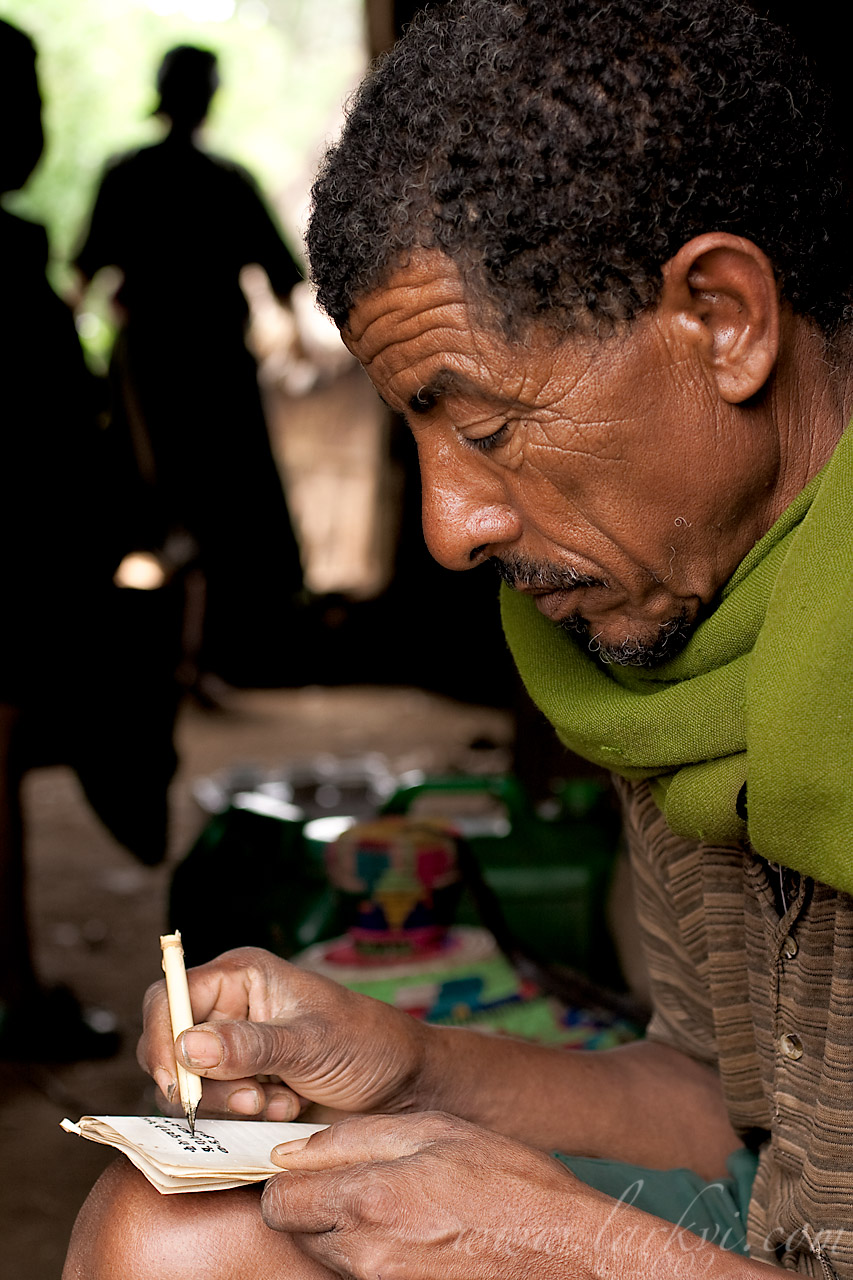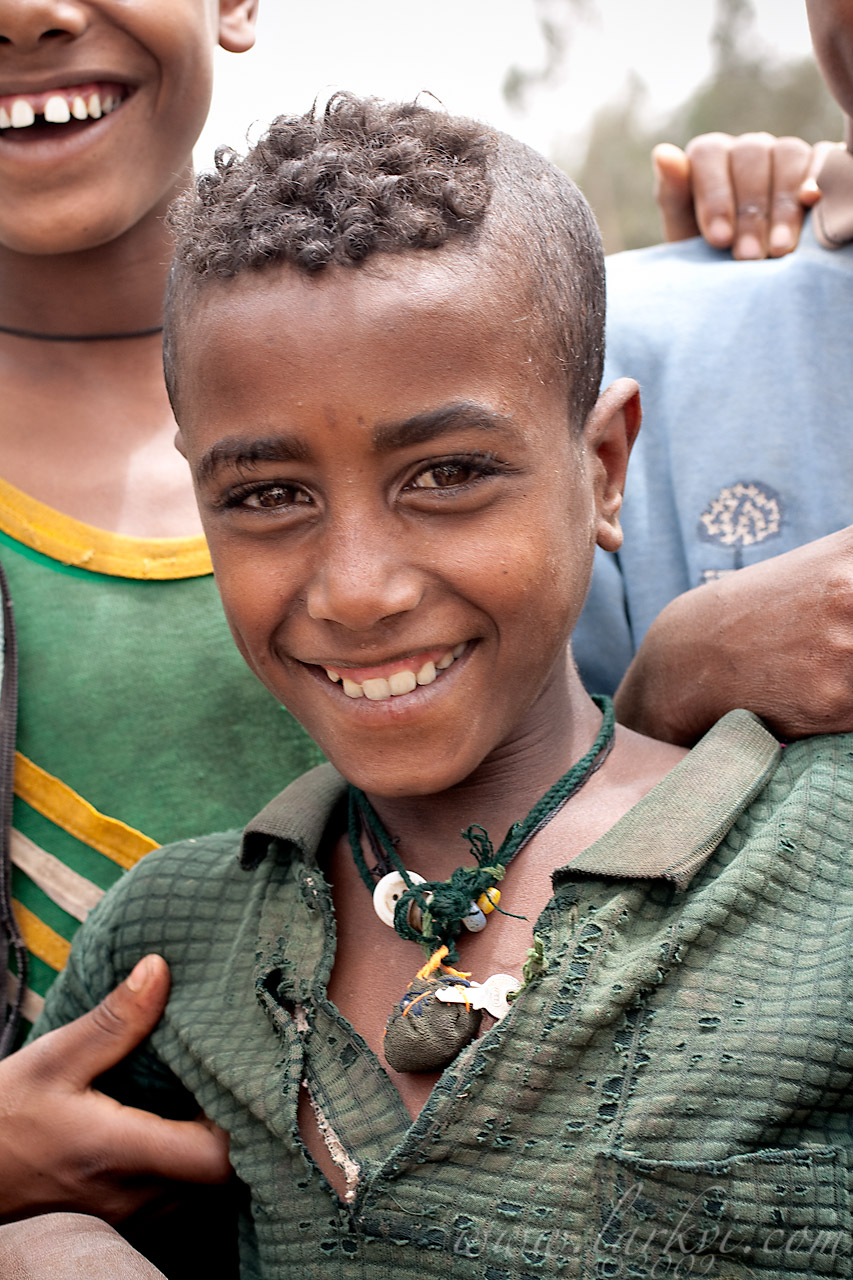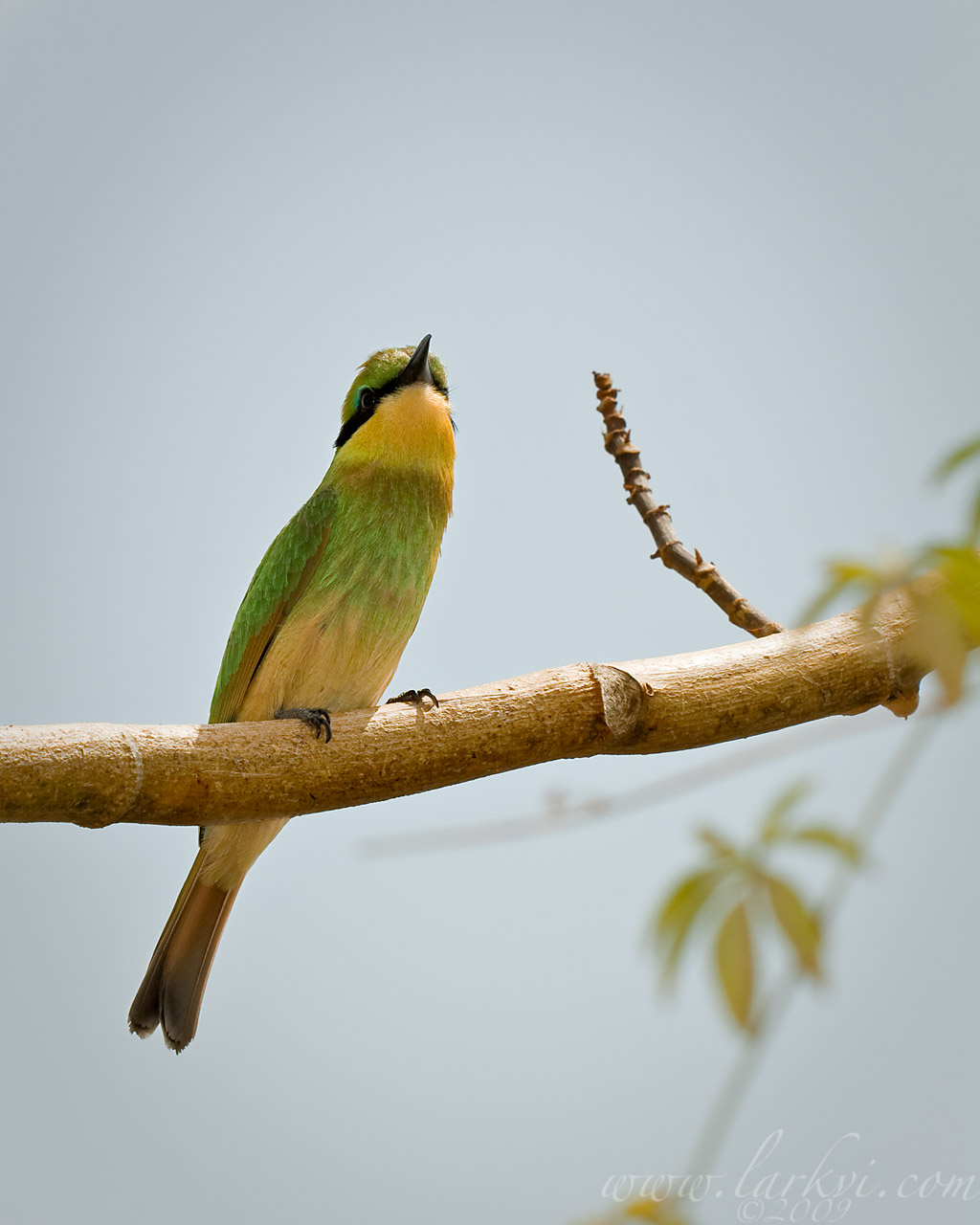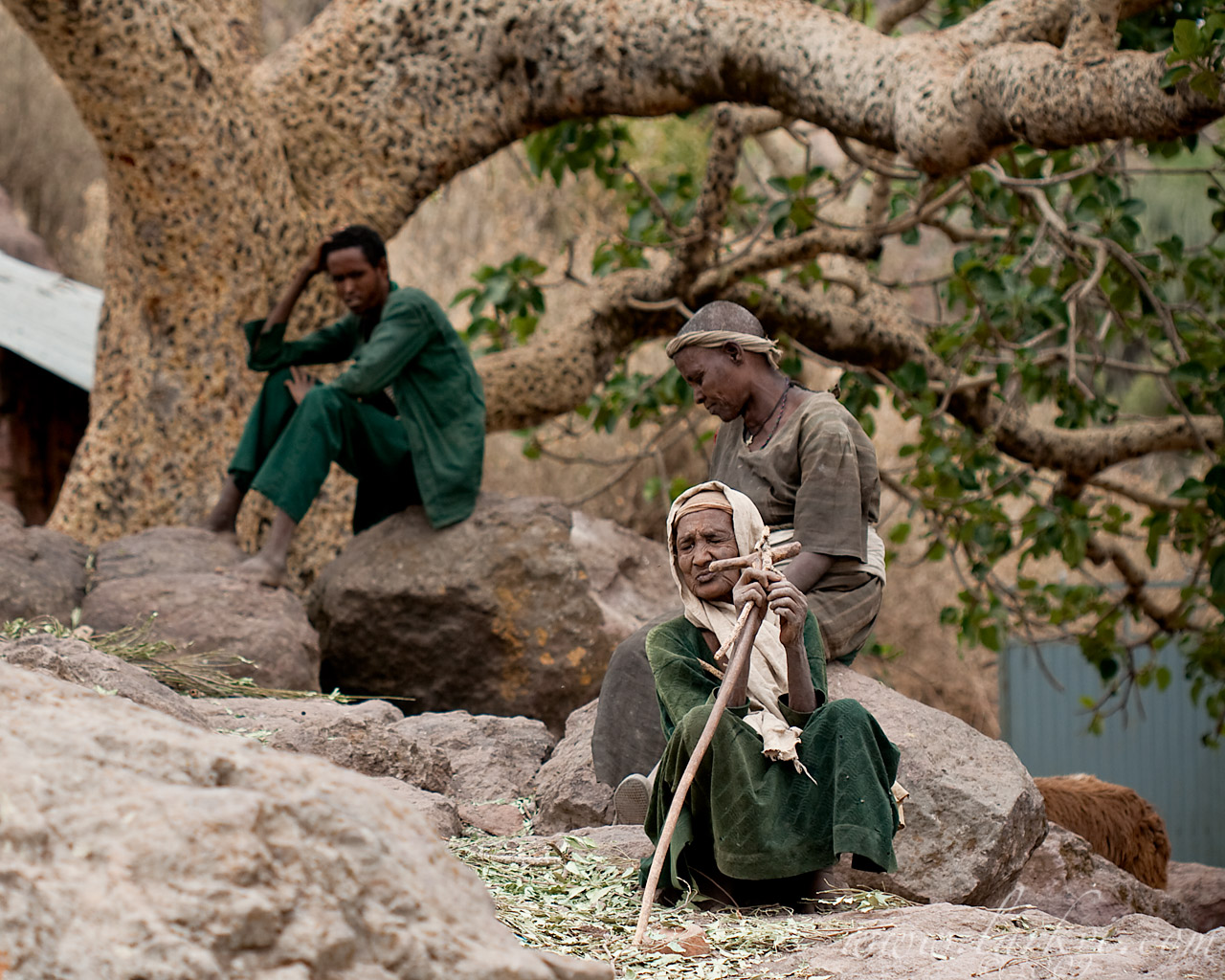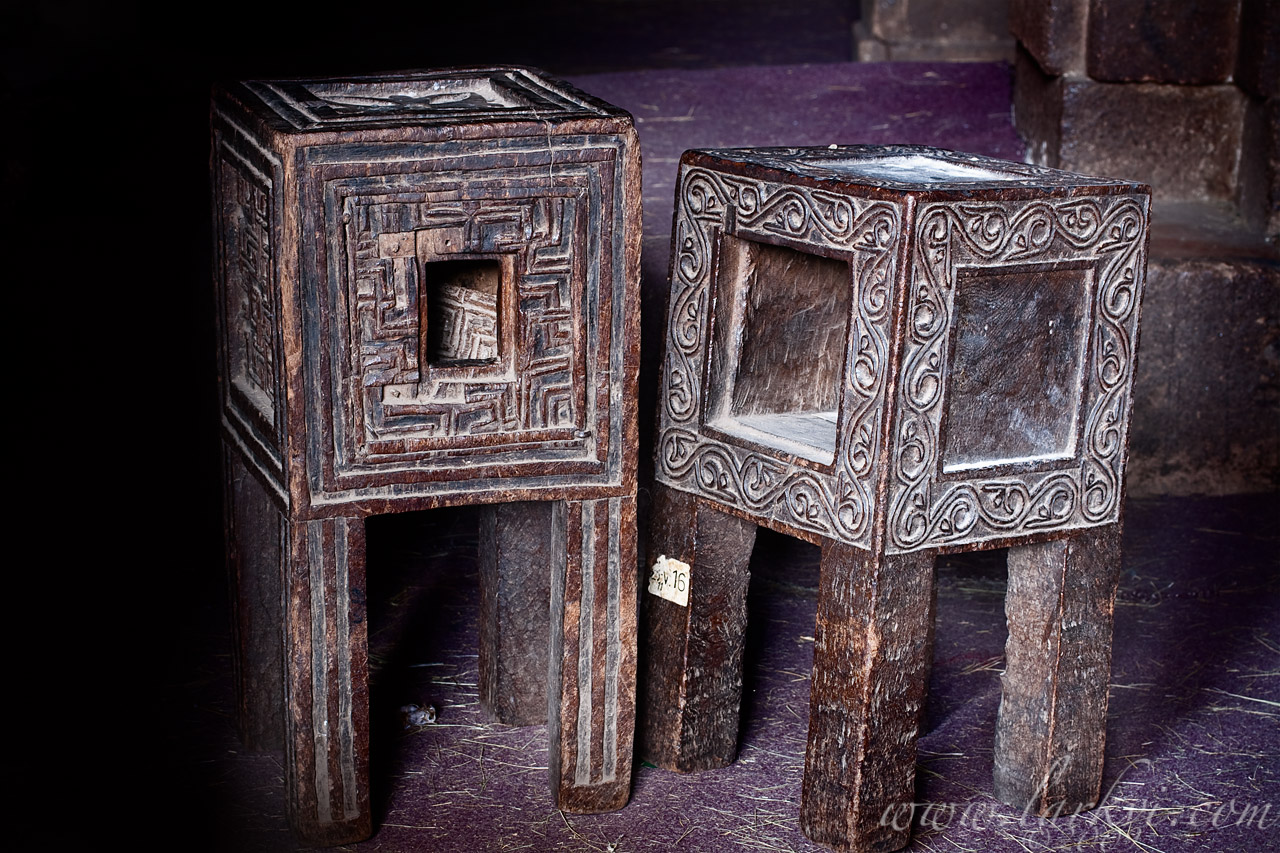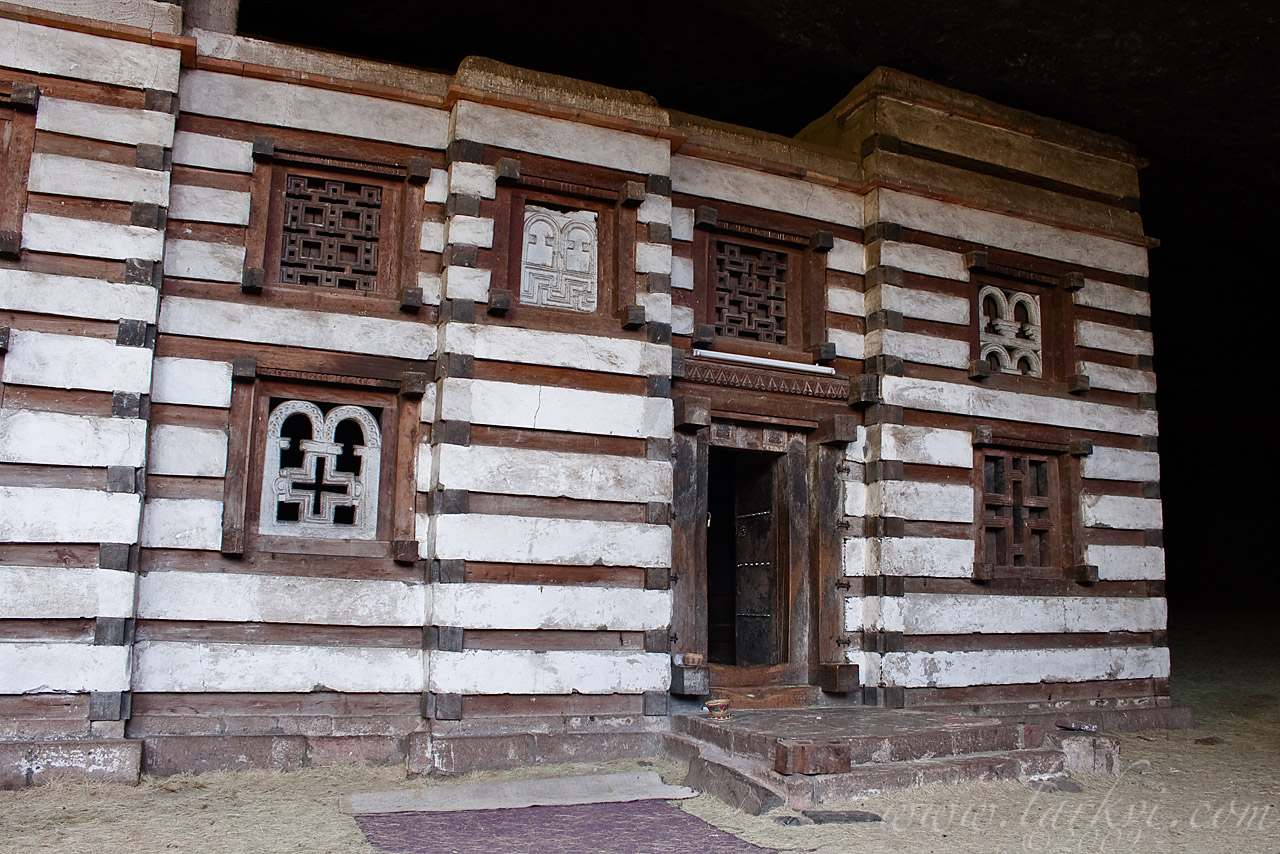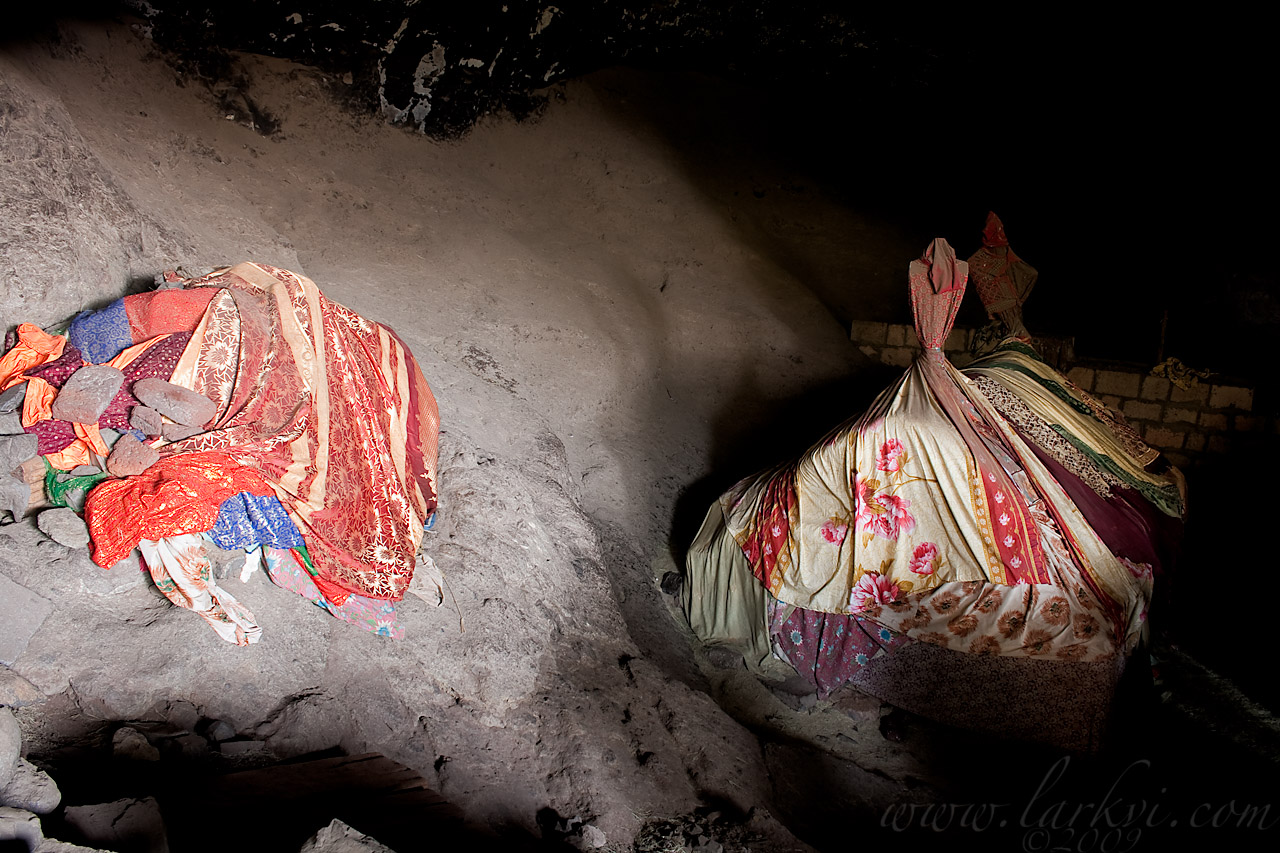Lika Kahunat (Archpriest) Ajugu, a scribe in the village of Gälawdios, in the Amhara region of Ethiopia. He works at his scribing every non-holiday, and had just finished a large copy of the 4 Gospels when we arrived, which he was going to send to Bahir Dar in search of a buyer.
Category: Photography
Photographic postings.
Kes Mogas, Gälawdios, Amhara, Ethiopia, July 2009
Boy, Gälawdios, Amhara, Ethiopia, July 2009
Netting, Bahir Dar, Ethiopia, June 2009
Little Bee-Eater (Merops pusillus), Bahir Dar, Ethiopia, June 2009
A flycatcher sits on a branch by lake Tana, patiently waiting for me to take its picture.
This was identified for me as a Little Green Bee-Eater (Merops orientalis), but I have had a chance to look at Birds of the Horn of Africa, and the distribution for the Little Green Bee Eater is wrong, and the Green one has green, not yellow, at the throat. I think it is a Little Bee-Eater, Merops pusillus.
Friday Link: LensWork Podcast
As I mentioned before, I listen to a lot of podcasts, especially when I am traveling (as I am now). Of all of these podcasts, the one I perhaps look forward to the most is Brooks Jensen’s LensWork podcast. His magazine is the apex of fine art photography periodicals, and he uses experiences from the production of LensWrok, along with observations from his own excellent personal photography to produce short episodes that feel like gems arriving in the mailbox when I see them downloading in my podcatcher. Highly recommended, as is the magazine *sadly, I had to let my subscription lapse because of Ethiopia, but renewing it is one of my first plans upon my return).
Pilgrims, Bilbala Gyorgis Church, Bilbala, Lasta, Ethiopia, June 2009
Pilgrims sit under a tree in front of Bilbala Gyorgis Church, near Lalibela, Ethiopia. Most have spots of skin smeared with the holy mud cure that makes the church an attractive pilgrimage site.
Large trees, especially sycamores, as here, are associated with churches and gathering-places in Ethiopia. In the Southern part, they are holy sites for animist cults, and it is thought that they may have had religious significance in pre-Christian times.
Portable Altars, Yemrehana Kristos Church, Lasta, Ethiopia, June 2009
These portable altars, in the collection of Yemrehana Kristos Church, are an interesting relic of the unique liturgical heritage of the Ethiopian church. The style of the altar derives directly from carved stone incense burners used as part of Sabean (South Arabian) religious customs, dominant in Axum at some point before the adoption of Christianity in 330. Over time, the incense burners evolved into closed wooden altars, and were later replicated in stone, with permanent, stationary, carved monolithic altars at some churches (most impressively in the Selassie Chapel in Lalibela) carved to resemble portable altars. The use of portable altars, their replication in stone, and changes in the pattern and number of altars may be used to re-construct elements of the liturgical history of Ethiopia (for more on this, see the work of my advisor, Michael Gervers).
Yemrehana Kristos Church, Lasta, Ethiopia, June 2009
Yemrehana Kristos, in the village of Imrehana, 35km outside of Lalibela, is without doubt one of the most impressive churches in Ethiopia, and should be on the itinerary of anyone who is visiting the country. An hour’s drive from Lalibela over a 4WD road, it is slightly remote, and does not get the attention it deserves.
The church is one of the most important and impressive examples of the Axumite style of architecture. This style is characterized by the alternating layers and protruding beam-ends (‘monkey-heads’), as can be seen above. Another common feature, which can’t be seen here, is the presence of a number of blind (false) windows inside. Yemrehana Kristos is an interesting variant on the cave church, being a full, roofed church built inside of a large cave. Outsside of the church is the traditional former residence of the founding king and a bone-pile with the corpses and remains of an estimated 10,000 pilgrims (and possibly massacre victims as well).
The somewhat unusual nature of this church as a full, roofed church built in a large cave is shown here. The wall on the right is recent, but this view, towards the sanctuary gives a good sense of the Axumite style of building.
This interior shot, a mixture of natural light and light painting using flashlight over a two-minute exposure, begins to show how extravagantly decorated the interior of the church is, and also shows a characteristic Axumite series of blind windows on the upper level. The geometric decoration scheme is unusual in EOTC architecture, adding to what is exceptional about this church. The paintings are frescoes, and some are starting to degrade, making conservation a pressing priority.
These tombs, I believe of King Imrehana and his brother (but I would have to look that up) are in the cave, next to the church. Ethiopians make a habit of covering anything of religious significance with large amounts of cloth, a custom well-exemplified here.
Kes Te’ubo, Lalibela, Lasta, Ethiopia June 2009
Kes Te’ubo is a local administrator and a scribe/illustrator in Lalibela. He makes wonderful, vivid colors out of powdered natural materials, mainly flower petals, roots, and leaves. Here, he is demonstrating his pen-cutting technique on a piece of native bamboo, known as ‘shamboko,’ which is the primary material used for traditional pens in Ethiopia (some other materials are mainly used for magical writing, and there is a tradition that quills were also used in the past.
Interviewing Te’ubo was interesting, as he was arrested on false charges between two of our meetings and thrown into the local lock-up. It was the first time I visited a jail in Ethiopia, though it was the temporary local jail, and not the prison proper. He was let out later that day, and the charges were apparently thrown out by the magistrate, but I briefly thought I would have to finish the interviews in prison.


